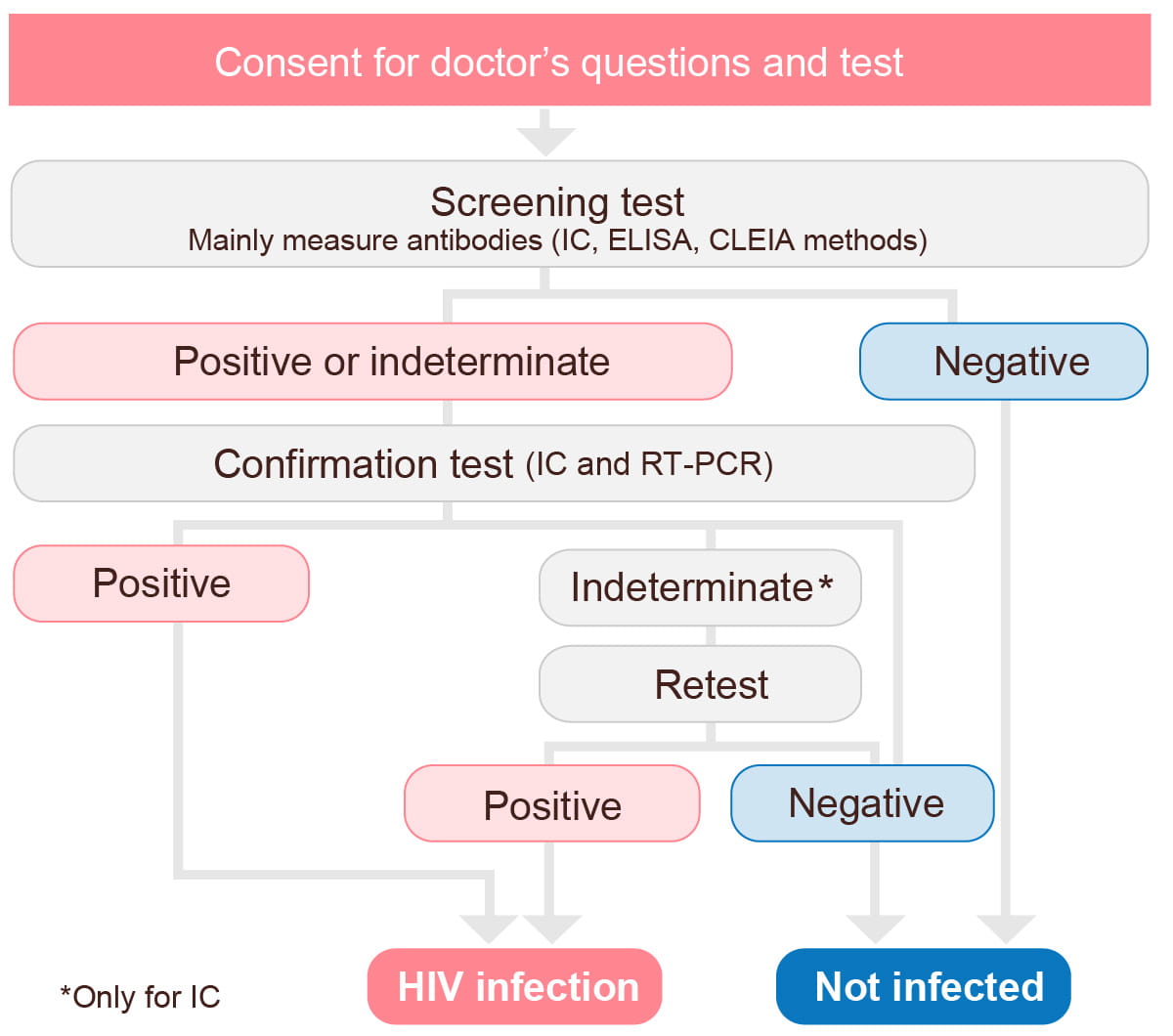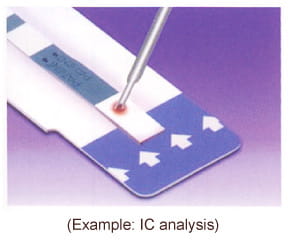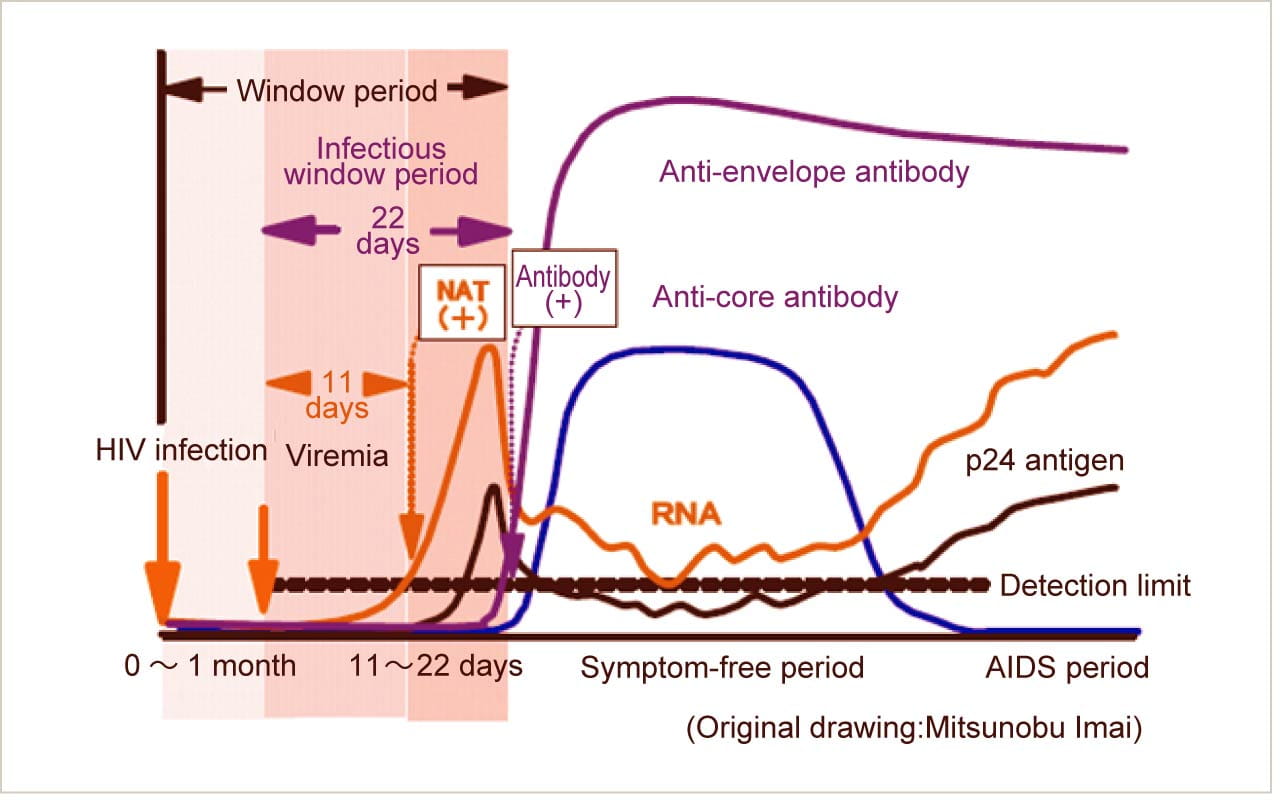
To the general public and patients

Screening tests have used the enzyme-linked immunosorbent assay (ELISA) or immunochromatography (IC) method to detect HIV antibodies. In recent years, however, methods capable of simultaneously measuring antigens and antibodies have been developed, and the chemiluminescent immunoassay (CLIA) method is commonly used in hospitals. It takes the human body an average of 22 days to produce antibodies after infection, and more than 99% of people are antibody-positive 3 months after infection.

